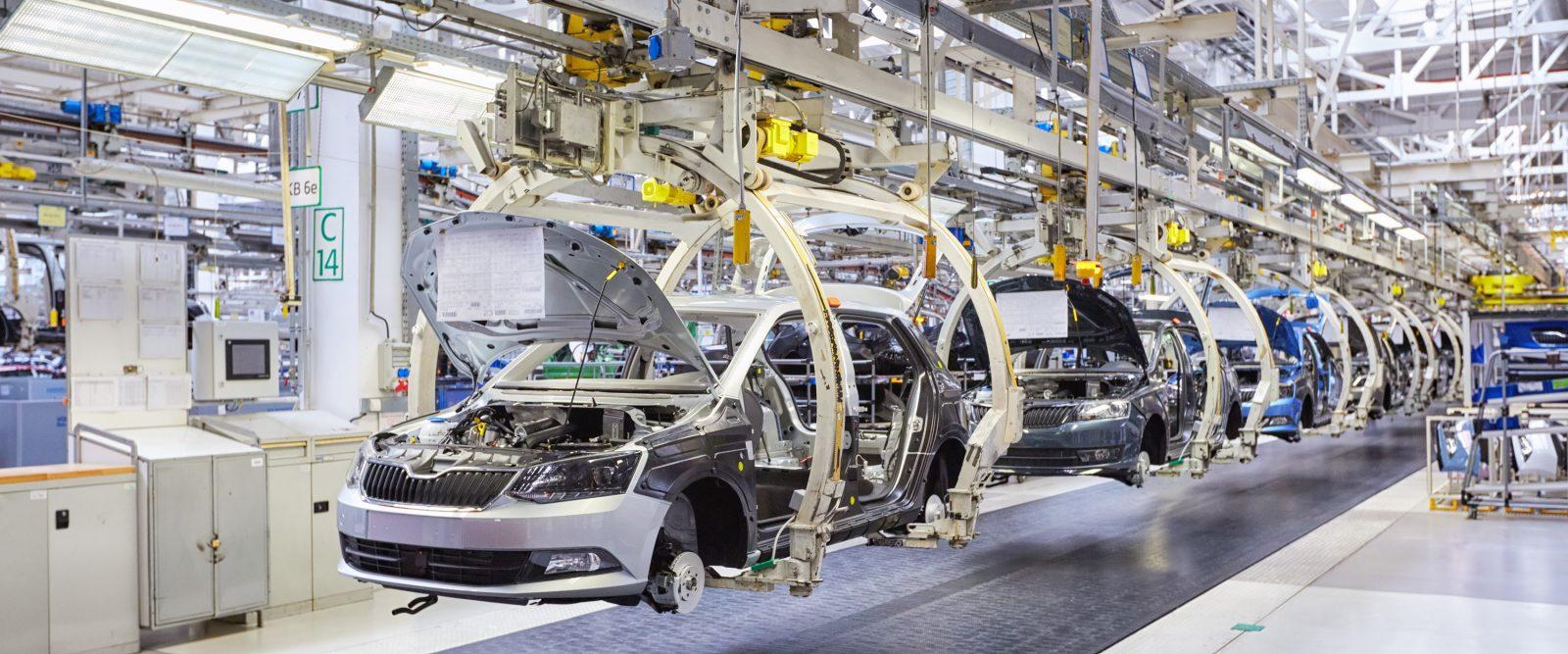How is additive manufacturing in the automotive industry changing things for OEMs?

Additive manufacturing (AM) in the automotive industry is growing at a steady rate and the large majority of OEMs have adopted it in some form or another, from assisting with R&D and prototyping, to manufacturing metal components for production. The AM industry is currently valued at $7.3 billion is projected to grow to $10 billion by 2020. This is still a drop in the ocean considering the global manufacturing industry is worth $12 trillion. However, AM is nonetheless growing in the industry and new uses are being developed on a consistent basis.
Additive manufacturing in the automotive industry
Weight reduction
Efficiency and fuel economy is a major talking point in the ICE industry. With pressure from efficient EV vehicles growing by the year, traditional manufacturers need to innovate in terms of fuel economy. The easiest way to improve fuel economy is to reduce overall vehicle weight, however, this cannot be done at the expense of structural integrity. New software solutions are entering the market that allow for designs to be optimised for weight reduction while maintaining or even improving structural integrity. The designs that are generated are highly complex in terms of geometry and are therefore ideally manufactured on AM machines. Only 5-axis CNC machines can come close to being able to compete, but lose out in terms of time and material wastage.
R&D & prototyping
The automotive industry invests heavily in R&D, this is due to it being a highly competitive industry. Manufacturers need to continuously innovate in order to maintain their market edge. AM allows for the rapid design and testing of new prototypes, as a design office can iterate over numerous designs and disqualify designs very early in the process. One example of how this is done is with the initial design of the vehicle form which is then subjected to aerodynamic testing. If the test is unsatisfactory then design can be optimised and testing can resume within hours.
Serial production
The automotive industry is renowned for high production rates and make use of technologies like stamping, casting and injection molding in order to maintain this blistering pace. AM cannot keep up with the speed of these machines and therefore does not try to compete with high volume, low complexity parts. However when it comes to more advanced parts that would otherwise require multiple manufacturing processes AM is better suited and can compete with more traditional machines both in terms of capability and speed.
Supply chain optimisation
Much has been said for the benefits of localized AM focused manufacturing hubs that can reduce the amount of inventory that needs to be held in vast storage complexes. This is often termed as digital inventory and AM allows spare parts to be printed on demand and still be faster than waiting for a part to be shipped from a spare parts hub. Some of the concerns for this is the protection of IP as the digital files would need to be distributed to each localised facility. It makes it harder to control the flow of IP if it is distributed to multiple manufacturing hubs around the world.
Industry 4.0
AM is a technology that fits neatly into the Industry 4.0 ecosystem, this is due to its ability to manufacture components with minimal operator input, low material wastage and its flexibility to adjust to design changes without the need for new complex fixturing. The automotive industry is fast adopting Industry 4.0 techniques and the inclusion of AM machines will help accelerate this adoption.
Parts made with AM
Additive manufacturing in the automotive industry is a competitive advantage and many of the major automakers are keeping their key advances under wraps in order to maintain a competitive edge. Some key examples of how they are adopting AM are listed below.
Intake manifold – The intake manifold supplies the air fuel mixture to the cylinders. Ford motors used AM to manufacture the manifold which was used in a motorsport competition. Despite not being a production part this proves that the technology is viable for engine parts that are typically exposed to high stress and temperature.
Michelin tyre molds – Michelin has leveraged additive manufacturing in the automotive industry to streamline the manufacture of their tyre moulds. The technology has enabled the design and manufacture of tyres with intricate tread patterns that change their behaviour as the tyre wears in order to maintain optimal performance.
Jigs & fixtures – This is an often overlooked facet of AM in the automotive industry as the parts made specifically for the production environment are not reported as they provide a competitive advantage in terms of improving production efficiency. However jigs and tooling are often manufactured in house with AM machines as this is a low risk way of trying out new tooling and techniques without investing in long lead times and overly complex tooling.
In conclusion
As one of many new transformational technologies and processes, additive manufacturing in the automotive industry is uniquely positioned to integrate into current manufacturing set ups. It is however highly unlikely that additive manufacturing in the automotive industry will completely replace traditional manufacturing techniques, this is due to limitations in production speed. Despite this, it is clear that AM has not yet reached its full potential as many automotive giants are investing heavily into the technology.